Have you ever wished for a solution to that uncomfortable feeling in a humid room? Even with the AC or fan running, summer’s humidity can make it hard to stay comfortable. That’s where dehumidifiers come in—they’re fantastic for tackling excess moisture and making your space feel fresh. But will a dehumidifier cool a room? And how do they affect room temperature?
In this blog, we’ll explore how dehumidifiers work their magic, enhancing your home’s comfort. By the end, you’ll have a clear answer to the question: Can a dehumidifier cool a room? Plus, you’ll know how to pick the best one for your needs
What is a Dehumidifier and How Does It Work?
Before we find an answer to the question “Will a dehumidifier cool a room”, it’s necessary to know what a dehumidifier is and how it works.
The dehumidifiers have two types. Refrigerant Dehumidifiers and Desiccant Dehumidifiers.
Refrigerant dehumidifiers utilize a refrigeration cycle to chill the air and precipitate the dampness. They are mostly energy-efficient and good for large areas. However, a particular desiccant material works in desiccant dehumidifiers to soak up moisture from the air. They are often more portable and can function in colder atmospheres.
What is a Dehumidifier?
A dehumidifier is a special appliance made to extract extra moisture from the air, assisting in lowering humidity levels. According to a 2018 study, high humidity can lead to several health issues such as allergies and asthma, increase mold growth, and impair your home with time. So dehumidifiers control moisture levels and help prevent all these issues.
High humidity over 60% can encourage mold and mildew, and damage furniture, wallpaper, paintwork, floors, and brickwork. Humid air can seep inside appliances and condensation can form causing electrical issues. All these problems can be solved with the help of a good quality dehumidifier like those available at Alorair.com.
How Does a Dehumidifier Work?
A dehumidifier works by pulling in damp air through the vent in the appliance, efficiently extracting the moisture from it. This air then passes over to the cold loops that cool the air off, making moisture precipitate and gather into the water tank.
This dry air is delivered back into the room, Although the unit itself might make a bit of heat, its main job is to control moisture in the air, not temperature.
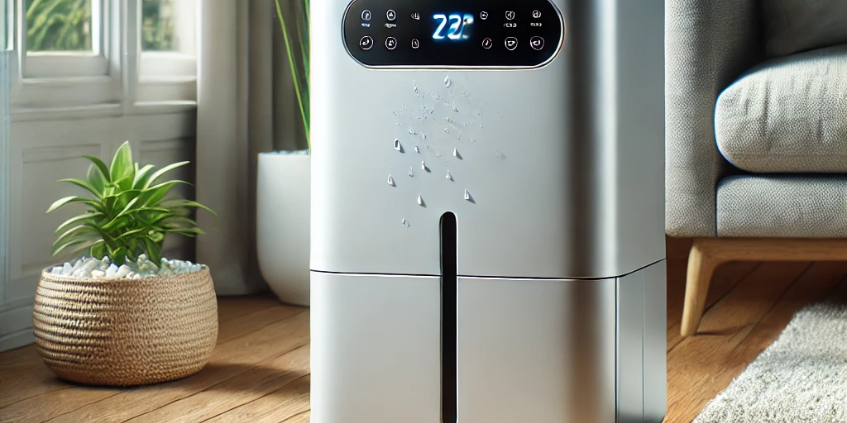
Can a Dehumidifier Cool a Room?
So, can a dehumidifier cool a room? The brief answer is ‘sort of’. Although it won’t directly reduce the temperature like an air conditioner, dehumidifiers cool a room by ‘making a room feel cooler’.
This is because they treat a critical factor that leads to discomfort: humidity. Heavy suffocating air that feels uncomfortable and moist is the result of high humidity in a house. According to Building and Environment Research, maintaining the relative humidity at an optimal level between 30% to 50% contributes to a drier, cooler, and more cozy room.
The Cooling Perception
Excess dampness in the air makes a surrounding feel warmer, as the body fights to cool itself using sweat. A dehumidifier lowers the humidity and makes it effortless for your body to chill out naturally, making it a more cozy environment whether the real room temperature hasn’t changed.
When the sweat evaporates fast from your body, easing your skin of the sticky feeling, people often take it as “cool” the air misconception, said Anthony Abate, certified indoor environmentalist, and chief technology officer at Atmos Air Solutions.
The Actual Effect on Temperature
Actually, a dehumidifier might a bit boost the temperature of a room. The reason is that the dehumidifiers create a small amount of heat as an aftereffect of their moisture-extracting procedure.
The heat is the slightest and mostly overlooked unless the room is very small. So, the answer to “Does dehumidifiers cool the air” is technically no _ but the decline in humidity does make the area feel cooler.
Cooling vs. Comfort
While dehumidifiers don’t work like air conditioners, they play a critical part in improving overall relief. By reducing the humidity level in a space, dehumidifiers aid in decreasing the demand for fierce air conditioning, paving the way to energy savings and a more pleasant living space.
If you’re dealing with a hot, humid environment, using both a dehumidifier and an air conditioner can work wonders for cooling the space while controlling moisture. Investing in a crawl space or basement dehumidifier for homeowners with persistent moisture issues is a smart way to protect your home and improve indoor air quality.
How Dehumidifiers Improve Comfort
Although a dehumidifier doesn’t work like an air conditioner, it has notable advantages that transcend the limits of just cooling. If you’re still wondering “Can a dehumidifier cool a room”, consider the wide benefits of moisture regulation for health and comfort.
Reducing Humidity Levels
One of the fundamental advantages of leveraging dehumidifiers is their power to balance humidity levels. Spaces with heavy dampness feel intolerable and sticky. Optimal humidity levels for indoor areas generally range between 40% and 60%.
Operating a dehumidifier in spaces like crawl spaces or basements assists in creating a more amusing atmosphere. This ensures a more fresh and comfortable environment, lowering the possibility of health problems linked to high humidity.
Preventing Mold and Dampness
Areas with high humidity are hotbeds for mold and mildew, which destroy your home and cause respiratory issues. Continuous use of dehumidifiers guarantees that the air stays dry, decreasing the probability of mold growth.
This is particularly significant for spaces exposed to extra dampness like basements. For this purpose, the best dehumidifier for your place is the AlorAir® Sentinel HDi65S Smart Dehumidifier, as it posses a WIFI-app connection that makes it easier to operate.
Complementing Your Air Conditioning
Though air conditioners are perfect for chilling out a room, they don’t manage humidity at once. Consequently, it creates a state, where the air feels cool but still feels damp and unpleasant.
A dehumidifier can complement your air conditioner by removing excess moisture. This combination reduces energy usage and prolongs the life of your cooling systems.
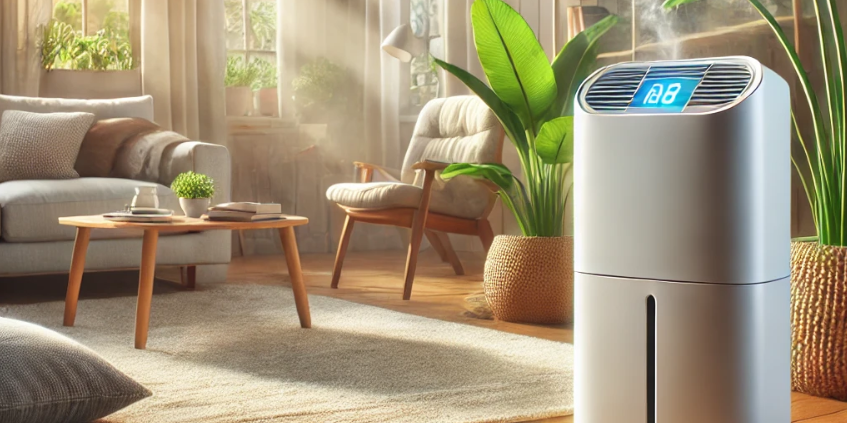
Do Dehumidifiers Cool or Heat a Room?
At this point, you must be confused pondering ‘Do dehumidifiers cool or heat a room’. While the primary function behind crafting dehumidifiers is to extract humidity from the air. They can also create a little bit of heat during operation. This warmth is generated as an offshoot of the internal procedures involved in dehumidification.
However the general energy utilization of a dehumidifier is generally low, and the slight temperature rise goes mostly unnoticed compared to the relief advantages it provides. There are some scenarios where you may have a sensation of a little increase in temperature because of the dehumidifier.
For instance, in a confined space or when a dehumidifier operates for a longer period, the heat produced can become more observable. For larger areas like basements or crawl spaces, this temperature rise is barely noticeable, making a crawl space dehumidifier the best option for effective moisture control without worrying about significant heat.
How to Use a Dehumidifier Efficiently
If you’re looking for the best ways to operate a dehumidifier, here are some tips to boost its advantages and make your home as comfortable as possible:
Optimal Settings
For fruitful operation, it’s significant to set your dehumidifier to the proper humidity level. For this touch upon the user manual for particular guidance depending on your room size and preferred humidity level.
The recommended range for most rooms is between 30% and 50% humidity. For mold prevention, set for the lower end of this range, around 30-40%.
Proper Placement
Settling the dehumidifier tactically will enhance its performance. Try not to place it close to walls or furniture, as these hindrances can block airflow and lower efficiency. For smaller rooms or bedrooms, position the dehumidifier in an open central place, so it can pull in and release air easily.
For crawl spaces or basements, you’ll need a big unit such as AlorAir® Crawl Space Dehumidifier, designed for high moisture levels and larger areas.
Combining with Fans or Air Conditioners
If you’re still asking, does a dehumidifier make the room cooler? The answer lies in the right combination of appliances. For maximum outcomes, consider a blend of your dehumidifier with other devices.
A fan can aid in circulating the dehumidified air all over the room, improving its efficacy. Moreover, combining a dehumidifier with an air conditioner can create a more comfortable environment by removing excess moisture and cooling the air.
Conclusion
So, will a dehumidifier cool a room? While dehumidifiers don’t technically lower room temperature, they do create a more comfortable environment by removing excess humidity, which can make a room feel cooler. They are required to prevent mold, mildew, and dampness, especially in spaces like basements and crawl spaces. For comprehensive moisture control, pairing a crawl space dehumidifier with your air conditioning unit or fan will help create a comfortable, healthy living space.
To enjoy the best in humidity control, visit AlorAir and delve into our powerful yet smart dehumidifiers made to keep your home dry and cozy year-round. Even if you want a crawl space dehumidifier or a unit for your living spaces, we’ve got the perfect solution for you!






-(1).png)
.jpg)
.jpg)
.jpg)

.jpg)

.HDi90.png)
.HD90.png)



.jpg)
.jpg)

.jpg)

.jpg)





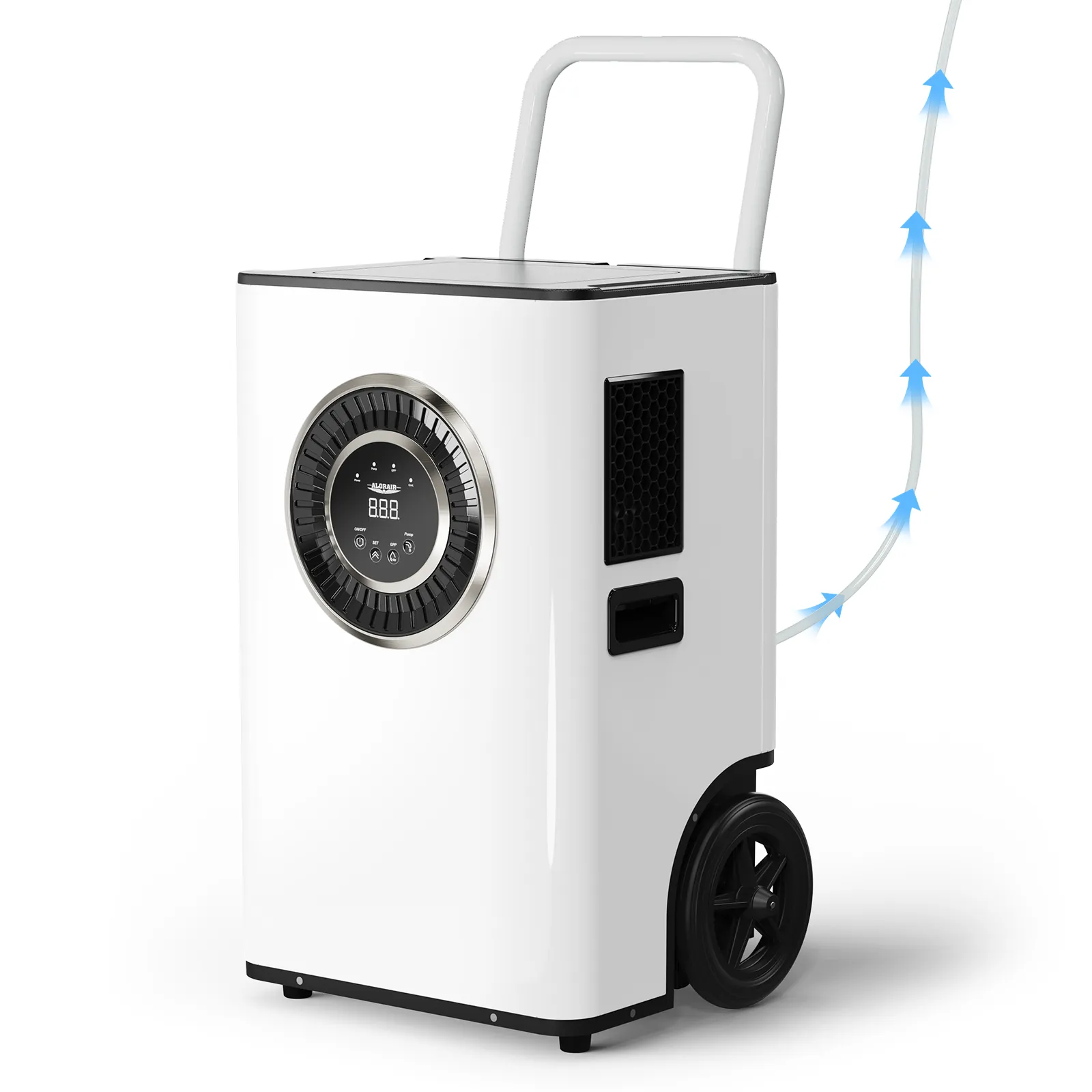
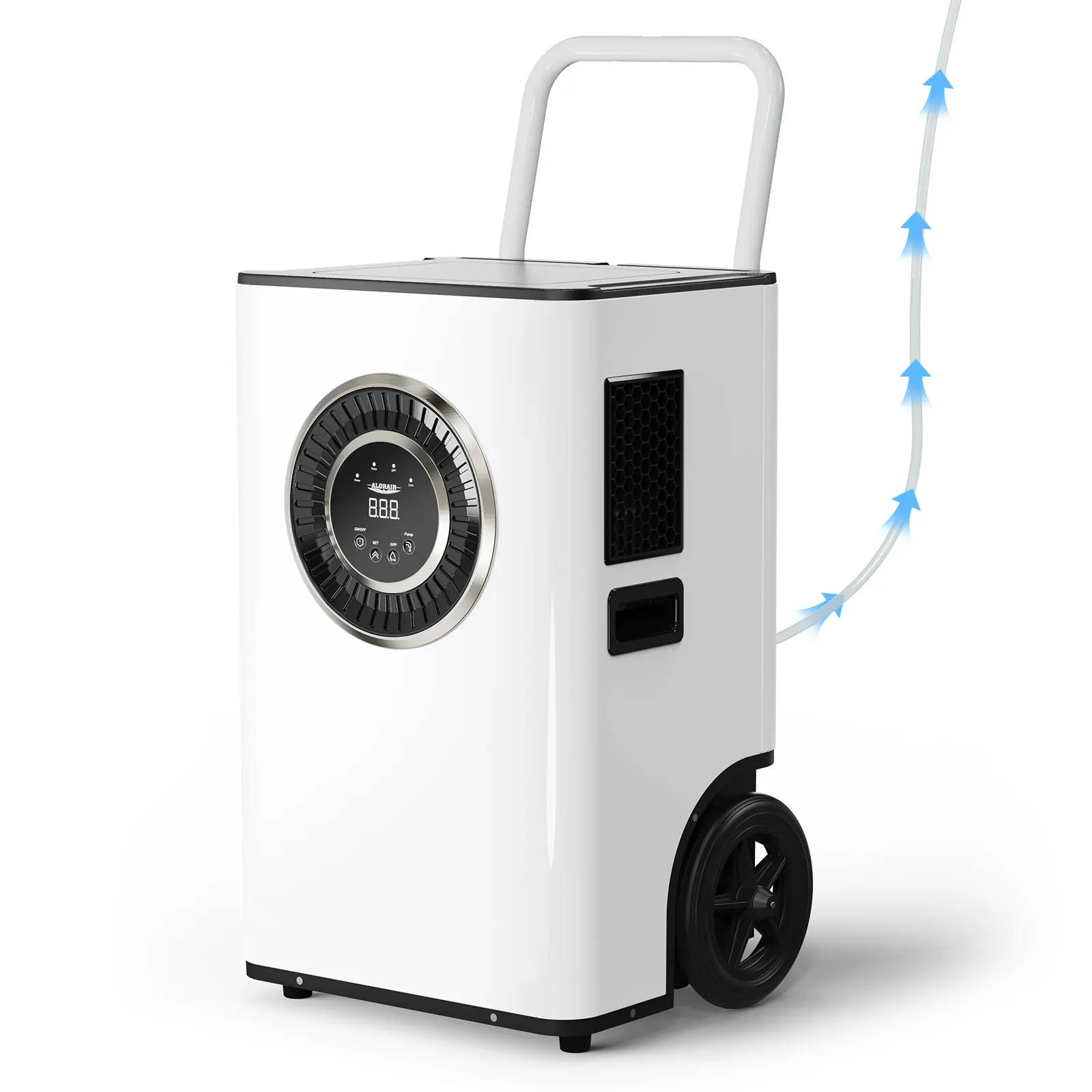
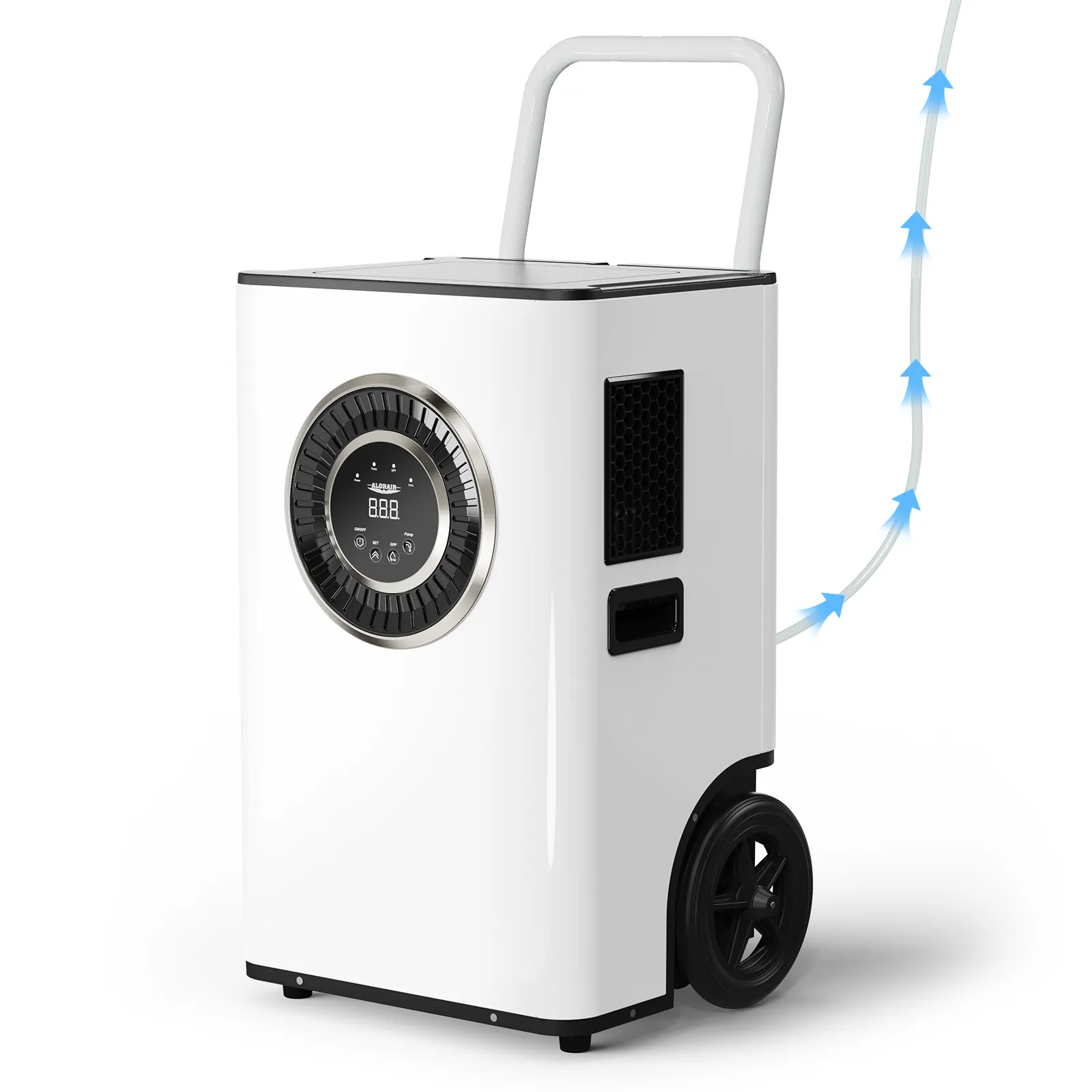
.jpg)
.jpg)
.jpg)





.jpg)
.jpg)


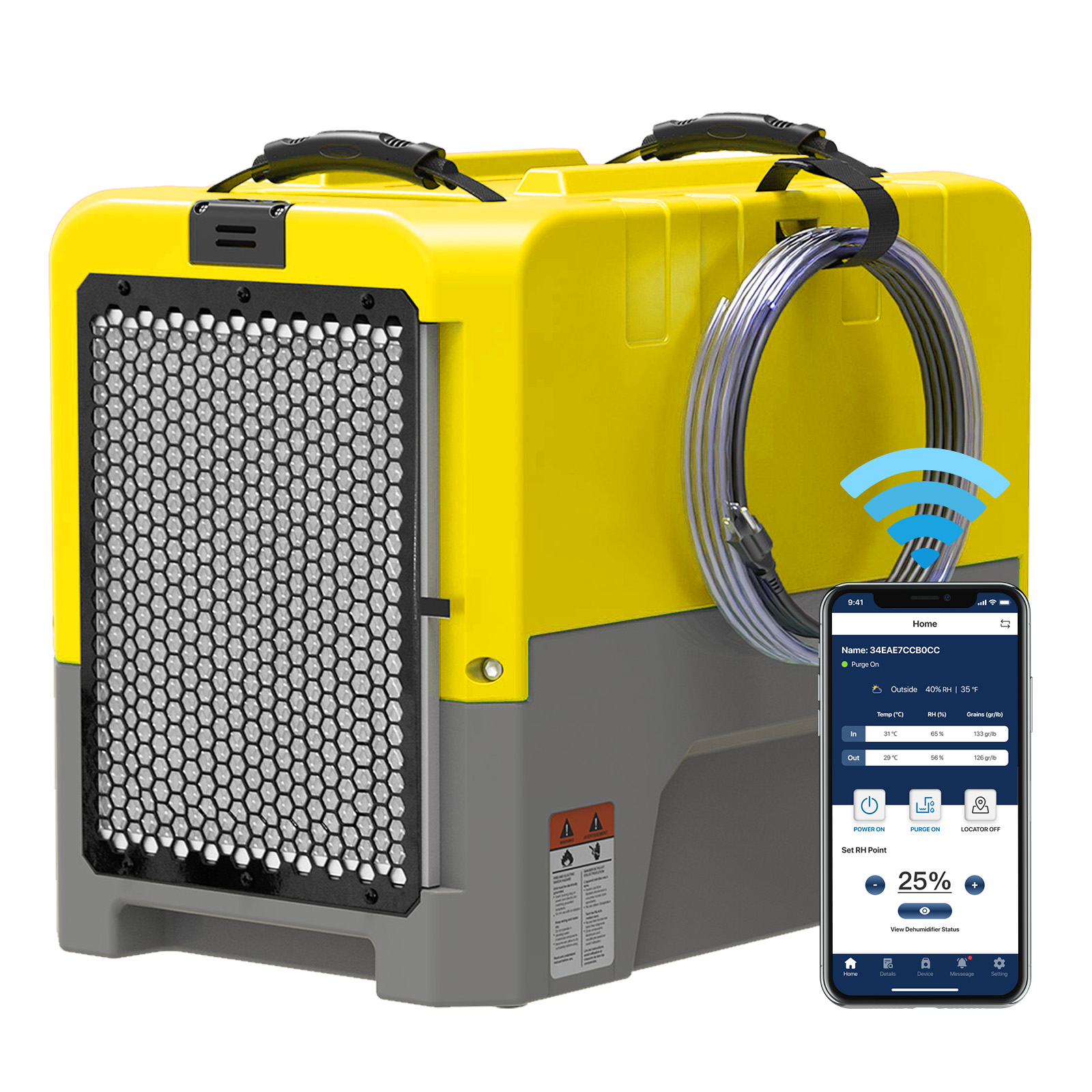








.jpg)
.jpg)








.jpg)
.jpg)












.webp)
.webp)
.webp)
.webp)
.jpg)
.jpg)
.jpg)
.jpg)
.jpg)
.jpg)
.jpg)
.jpg)
.jpg)
.jpg)
.jpg)
.jpg)
.jpg)





.jpg)
.jpg)
















-.jpg)
.jpg)

.jpg)
.jpg)




























 Exclusive offers
promotions
Exclusive offers
promotions

